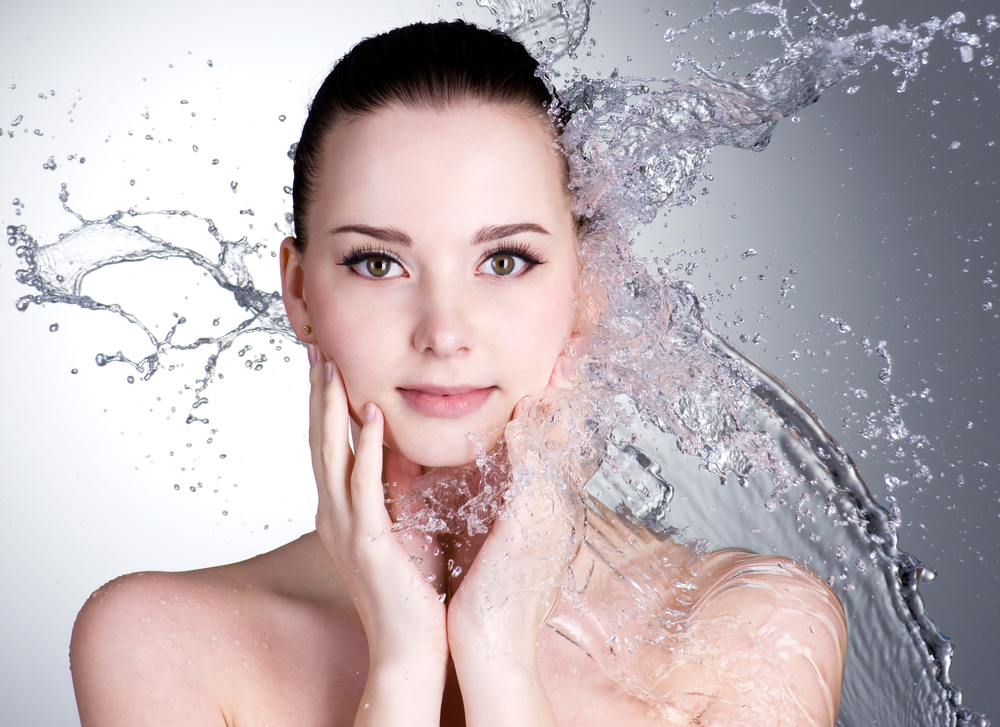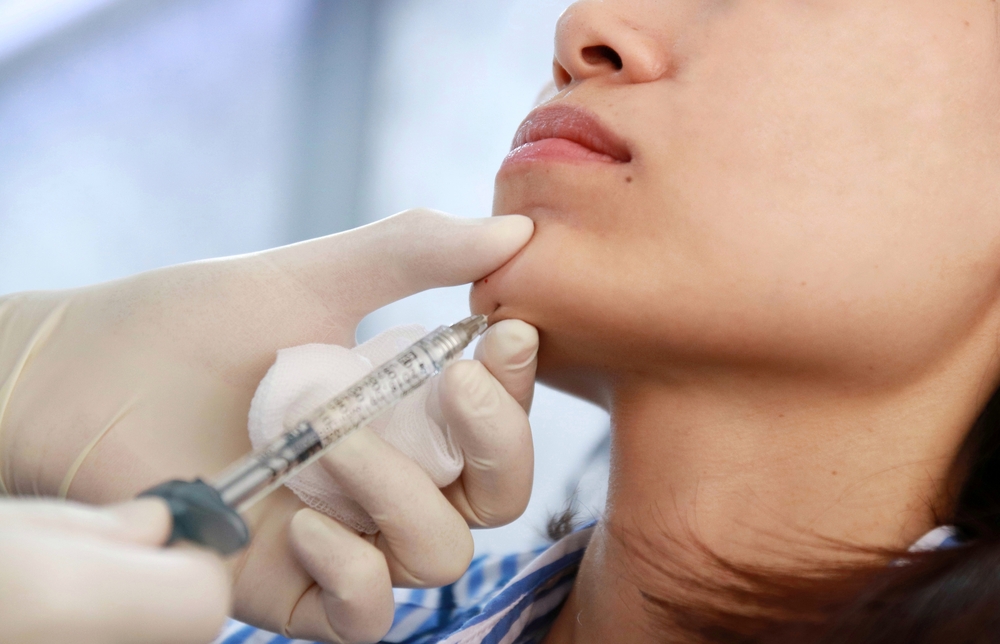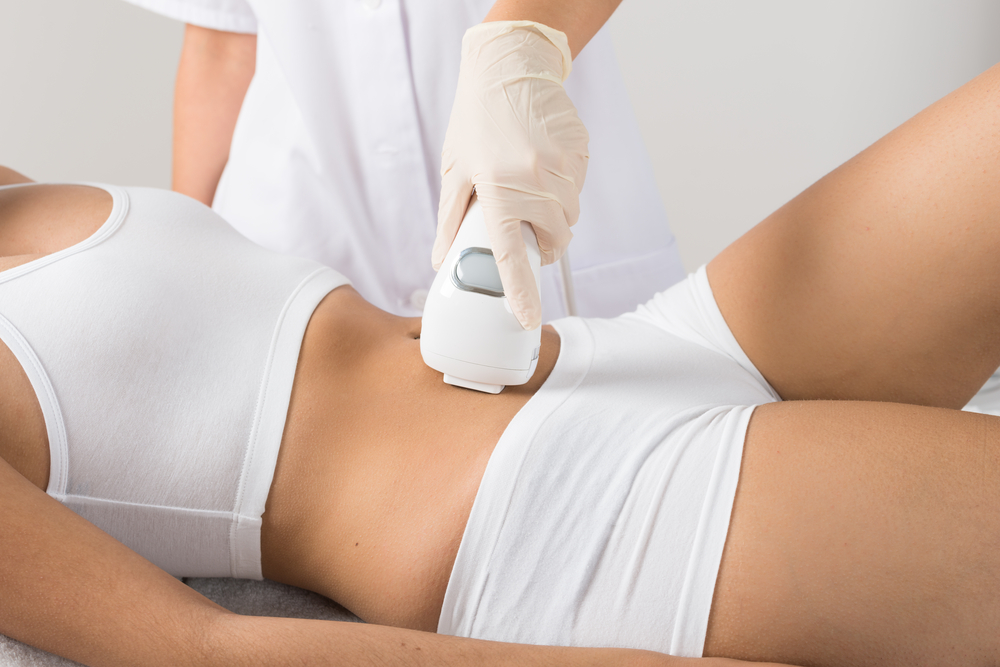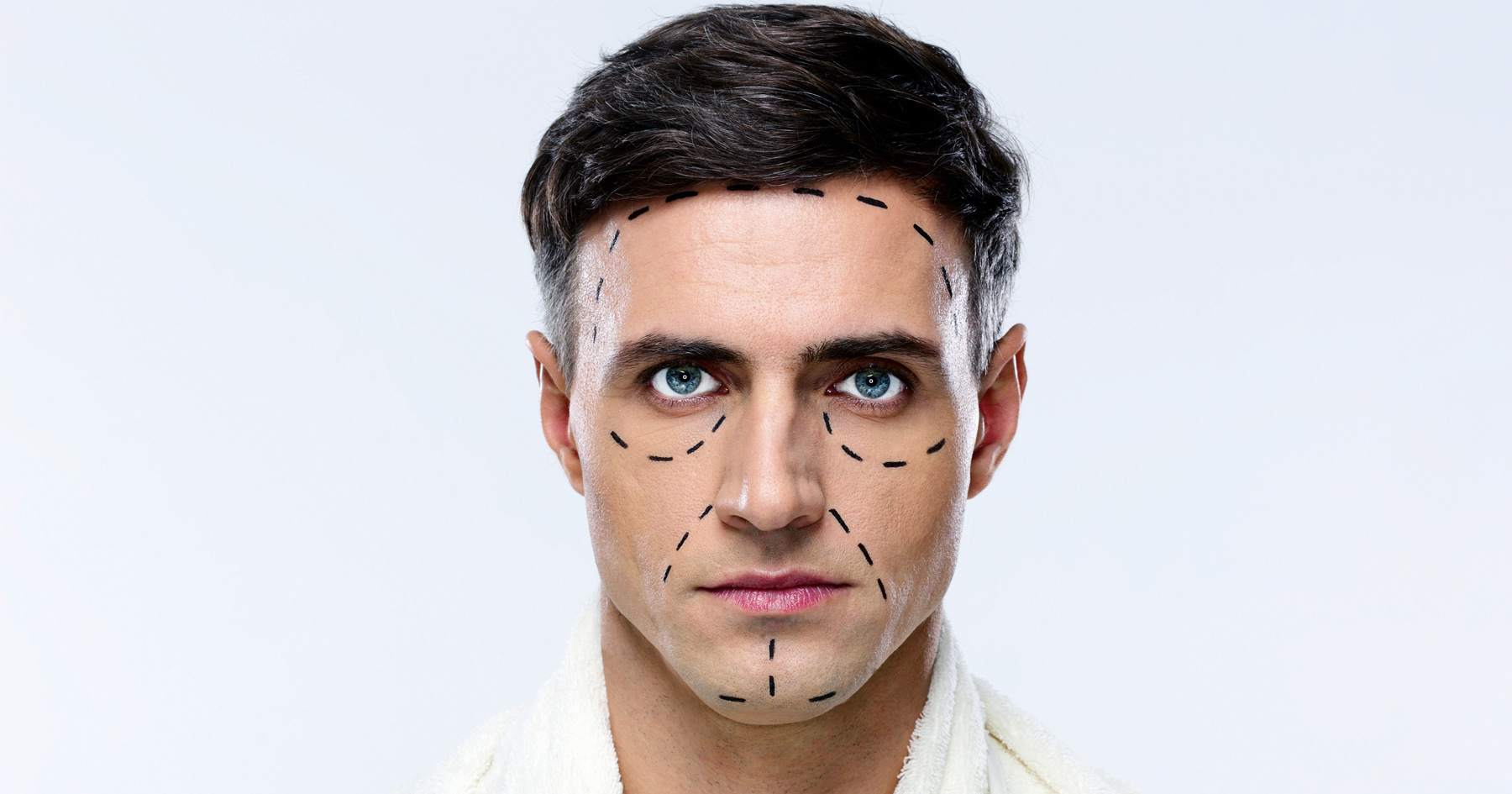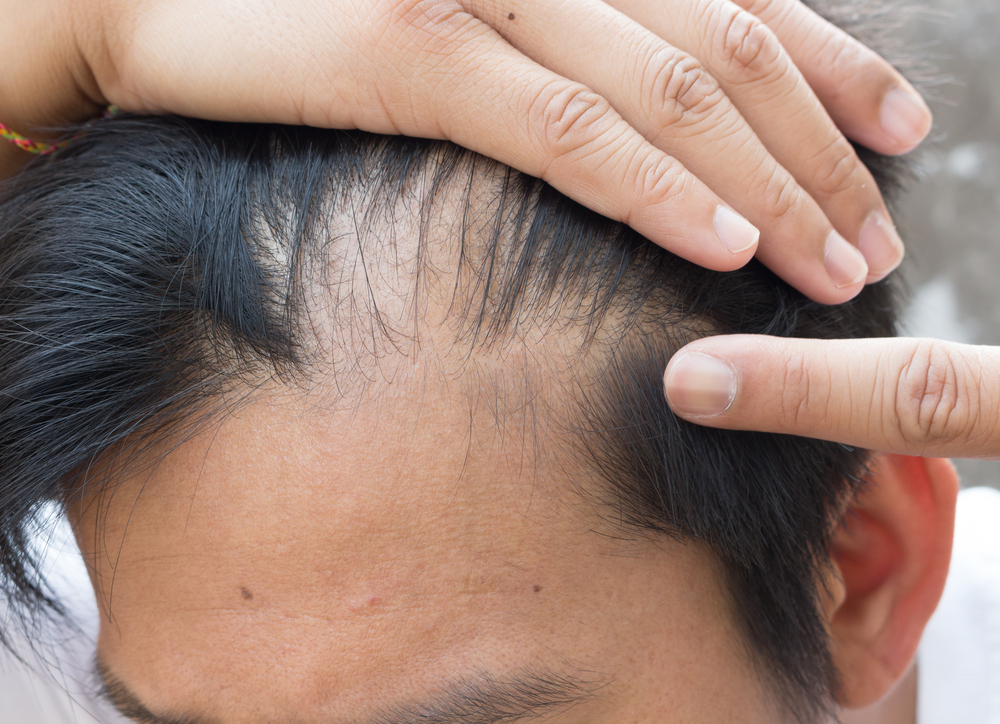Find out how HydraFacial stacks up to other non-invasive facial treatments, including microdermabrasion, chemical peels, photofacials, and more.
There’s no denying that medical spa treatments can go a long way in beautifying your skin, from reducing fine lines and wrinkles to improving acne and rosacea.
One of the latest non-invasive facials on the market is HydraFacial — a treatment that claims to be “the most effective type of facial you can get.” How does HydraFacial stack up to other tried-and-true facial treatments? Let’s take a look.
What is the HydraFacial?
To perform a HydraFacial, estheticians use a proprietary machine — the HydraFacial MD by Edge Systems — to perform four distinctive facial rejuvenation procedures in one single treatment.
This multi-step treatment cleanses, exfoliates, and extracts dead cells. It then rejuvenates the skin by applying a serum infused with antioxidants, peptides, and hyaluronic acid.
It’s mainly used to address the following concerns:
- Fine lines and wrinkles
- Dark spots
- Hyperpigmentation
- Clogged pores
- Enlarged pores
- Mild acne
- Oily skin
How does the device work? HydraFacial employs a unique, spiral suction tip that dislodges impurities and delivers the serum deep into the pores by opening them up during the treatment.
This painless in-office procedure promises to deliver immediate, long-term results for people of all skin types, with absolutely no downtime.
Although some people experience slight tightness and redness for about an hour or so following the treatment, the side effects and risks of HydraFacial are minimal across the board.
HydraFacial vs. microdermabrasion
Microdermabrasion is a minimally invasive procedure that uses an abrasive instrument to gently sand the skin in order to remove the thick, outer layer. The most common microdermabrasion devices — such as DermaSweep — seal in the treatment with serum infusions that leave skin feeling softer, smoother, and more radiant.
HydraFacial is sometimes referred to as “hydradermabrasion” as it is quite similar to the microdermabrasion treatments performed by your dermatologist.
However, unlike the manual extractions performed through sanding in microdermabrasion, HydraFacial uses a vacuum tip to deeply cleanse and remove impurities. As such the HydraFacial method is considered to be gentler and more effective.
Deciding to go with HydraFacial or microdermabrasion comes down to your own particular skin concerns.
One benefit of microdermabrasion over hydradermabrasion is that it has been proven to reduce the appearance of stretch marks. If that’s one of your main concerns when shopping around for a non-invasive skin treatment, you’ll want to give microdermabrasion a few extra points.
With that being said, microdermabrasion is known for tampering with the skin’s color balance, and may leave behind lighter or darker spots. At the same time, HydraFacial promises to leave behind smooth, even skin immediately.
Best for: Microdermabrasion is recommended for those with stretch marks who are not overly concerned with treating dark spots and color imbalances in the skin. It may not be a good choice for those with active rosacea, fragile capillaries, warts, open sores, psoriasis, and other skin conditions.
HydraFacial vs. microneedling
Microneedling, also known as collagen induction therapy, is one of the most popular non-invasive skin rejuvenation treatments. The process helps rejuvenate the skin using many tiny needles that pierce the outermost layer, which forces the skin to produce more collagen. The result is smoother, plumper skin.
The primary drawback of microneedling is that it could cause scarring and comes with a higher risk of infection.
Whether performed by a dermatologist or using an at-home treatment, larger needle sizes and bent needles can cause irreparable scarring and present a low, albeit present, risk of infection.
With that being said, microneedling is certainly a good option for people with certain skin issues, namely scarring. According to a 2009 study in the Journal of Cutaneous and Aesthetic Surgery, nearly all microneedling subjects reported a “marked improvement” in the appearance of scars, with no permanent or adverse side effects.
If your primary concern is the reduction of acne scars and loose skin, then microneedling is an excellent option.
While microneedling shouldn’t be too painful, many patients do report some discomfort during and after treatment. If you have a low tolerance for pain, then HydraFacial is definitely the way to go.
Best for: Microneedling is a good option over HydraFacial for those who have deep, permanent acne scars and other facial scarring, and is recommended for all skin tones. It is not a good choice for those who are at a higher risk of infection or have a low tolerance for pain or needles.
HydraFacial vs. chemical peels
Both HydraFacial and chemical peels work by removing dead skin cells. Chemical peels come in varying levels, ranging from superficial peels to deep peels, all of which are designed to cause the skin to exfoliate and peel away.
These treatments employ acids — salicylic acid, alpha hydroxy acid, and others — to correct fine lines, wrinkles, age spots, freckles, and shallow scars.
Chemical peels can be super-effective, but they’re not for everyone. Due to the acids used, they are not recommended for those with certain skin disorders.
Furthermore, chemical peels have been shown to be more effective in those with lighter skin tones, whereas HydraFacial is recommended for people of any skin tone.
You’ll need to avoid chemical peels if you are nursing, pregnant, or have eczema, dermatitis, rosacea, or psoriasis. On the other hand, HydraFacial can be used by people with hyper-sensitive skin, and is actually recommended for treating rosacea and dry, peeling skin.
Best for: Chemical peels are good for patients with wrinkles, fine lines, age spots, and other skin concerns who do not have sensitive skin, a darker skin tone, or skin disorders. Those with sensitive skin, eczema, dermatitis, rosacea, psoriasis, and other disorders should not undergo chemical peels.
HydraFacial vs. IPL photofacial
Intense pulsed light (IPL) is a photo-rejuvenation cosmetic skin procedure that employs laser-like pulses of non-coherent light to fix sun spots, age spots, blotches, large pores, and many other common skin conditions.
These lights penetrate deep into the skin and cause the collagen and blood vessels to constrict, which helps to reduce the appearance of redness and age lines.
Although considered effective, IPL treatments do have some drawbacks. For one, they don’t work on all discolorations. Deeper discolorations — such as deep freckles and age spots — are often better treated with microdermabrasion and other skin lightening techniques.
The IPL photofacial is often recommended for people with delicate skin disorders or issues such as rosacea, and is considered to be a relatively gentle treatment.
It’s also popular for its quick, minimally invasive appeal. Patients can receive a photofacial treatment in 30 minutes or less, and can resume their regular activities immediately following the procedure — including driving themselves home from the treatment.
However, those who have had IPL facials do report that the side effects — especially redness, enlarged pores, and the appearance of aged skin — can linger for several weeks following treatment. Some people also report that the treatment affected their teeth that had fillings, causing discomfort similar to chewing on tinfoil.
Best for: The IPL photofacial is a good choice for those with surface discolorations, rosacea, and other skin issues. It is not recommended for those who have darker skin tones, those with deeper wrinkles and scarring, or those who are taking Accutane. IPL treatments are also not a good choice for people with severe cases of acne or rosacea, or women who are pregnant.
How much does HydraFacial cost?
As with any cosmetic procedure, costs can widely vary depending on where you live, the experience of the person performing the procedure, and the extent to which you need treatment.
As a general rule of thumb, HydraFacials cost anywhere between $150 and $300 per treatment.
To compare, microdermabrasion usually ring up for a bit less, at approximately $75 to $200 per session. These two options are considered some of the more affordable minimally invasive skin treatments on the market.
Microneedling is one of the more expensive non-invasive skincare treatments available, with treatments costing upwards of $500 per treatment.
Although chemical peels can be affordable, their cost depends on many different factors. Surface treatments can go for as little as $150 per peel, while deep and extensive options can cost you as much as $6,000. You’ll find that the IPL photofacial comes with a mid-range cost of approximately $400 per treatment.
While cost is undeniably a factor for most, it is important to choose a treatment that will provide you with the results that you are looking for. Understanding the options available, and how each one will impact your problem areas, is crucial when it comes to reaching you aesthetic goals.
»HydraFacial prices can vary dramatically depending on the provider. Use our directory to locate doctors in your area and find out how much they charge.
Here we go with the Solution, for all your HydraFacial needs
HydraFacial is one of the solutions to treat a variety of skin concerns. You may use some of the below-listed products at home to get smoother, more radiant, and even-toned skin.
The hydrodermabrasion facial machine uses vacuum absorption technology and sucks up dead skin, blackheads, whiteheads, acne, and makeup residue. The effect is similar to deep cleansing pores. You can add non-viscous liquids and creams, such as warm or purified water, toner, makeup remover, moisturizer, etc., to clean, replenish and moisturize your skin.
EltaMD UV Clear Facial Sunscreen
UV Clear Broad-Spectrum SPF 46 facial sunscreen is lightweight, sheer, and silky, and ideal for sensitive skin prone to acne, rosacea, and hyperpigmentation. It is non-greasy, non-comedogenic, and free of paraben, oil, fragrance, and sensitivity. It protects your skin against ultraviolet A and B rays. The mineral-based zinc oxide formula will give your skin a healthy appearance.
Hydrafacial Solution Aqua Peel Liquid (Pack of 3 Bottle + 1 Collagen Cream)
Hydrafacial Solution Aqua Peel Liquid pack can be used in combination or alone through the manual application or with beauty machines. AS1 solution can be applied to all skin types, promotes collagen regeneration, and nourishes your skin. SA2 can be used for sensitive, oily, and acne-prone skin, and AO3 repairs damaged skin cells, improves skin hydration and immunity. Collagen cream is anti-wrinkle, enriched with vitamins to moisturize your skin.
Microderm GLO Mini Facial Vacuum Pore Cleaner
The Microderm GLO Mini Facial Vacuum Pore Cleaner Tool unlocks the natural radiance of your skin and gives you gorgeous-looking skin within minutes. It is a safe product to use on all skin types, reduces wrinkle depth and pores. Helps rebuild collagen and elastin for youthful tighter skin. Get professional spa-quality skin results at the comfort of your home.





